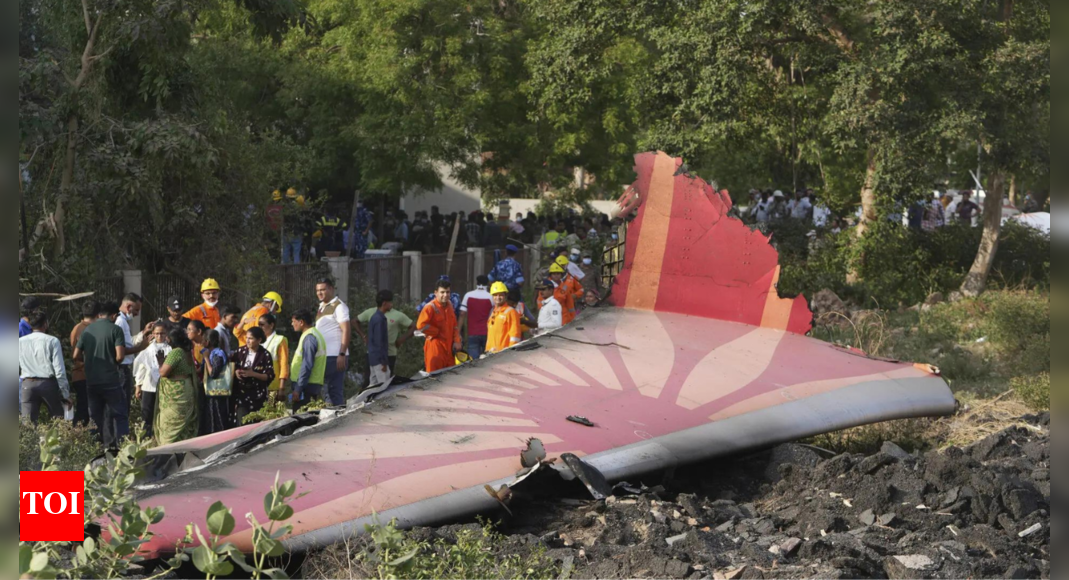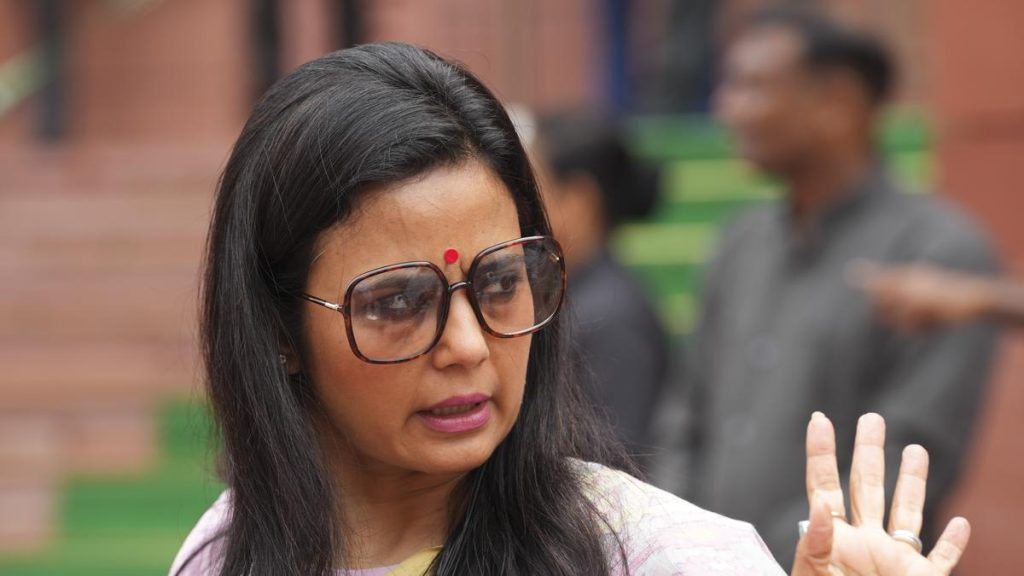Now Reading: Air India Crash: Pilots Raise Concerns Over Probe Report Ambiguities
-
01
Air India Crash: Pilots Raise Concerns Over Probe Report Ambiguities
Air India Crash: Pilots Raise Concerns Over Probe Report Ambiguities

Quick Summary
- The AAIB Preliminary Report concerning Air India flight AI 171 has raised concerns among aviation experts and pilots due to ambiguities and perceived shortcomings.
- Pilots expressed alarm over the inquiry’s findings, particularly regarding fuel control switches being cut off shortly after take-off.
- Deployment of the ram air turbine (RAT) instantly after take-off raises questions about engine functionality; exact timeline discrepancies persist in the report.
- Capt Sam Thomas of ALPA-I called for qualified airline pilots to be included in safety investigations to ensure transparency and accountability, citing a lack of credibility in the unsigned report.
- Concerns were raised about failure of crucial equipment such as Emergency Locator Transmitters during the accident.
- Capt Mohan Ranganthan alleged that the pilot deliberately turned off fuel control switches, adding ambiguity to events leading up to the crash.
- Experts also criticized ancient patterns where systemic flaws are only acknowledged post-multiple incidents; they urged caution in blaming pilots prematurely.
Indian opinion Analysis
The report surrounding Air india flight AI 171 raises notable questions on investigative transparency and procedural standards within Indian aviation safety inquiries. Key issues include inconsistencies in data presentation regarding engine function timelines, lack of official signatures on reports undermining trust, as well as failure of critical emergency equipment like locator transmitters post-crash-all factors which point towards systemic inadequacies rather than an isolated human error from crew members.
Additionally,there is merit in ALPA-I’s demand for experienced line pilots’ inclusion as observers or contributors during investigations-not only does it enhance technical scrutiny but also strengthens public confidence in aviation safety processes overall. As India’s global aviation footprint expands further, ensuring stringent investigative mechanisms will be pivotal both for passenger trust and international regulatory compliance.
























